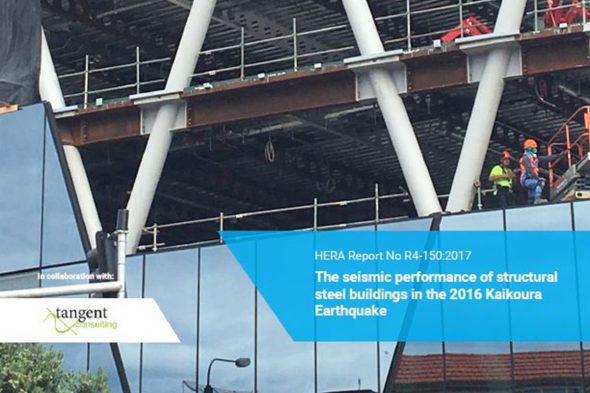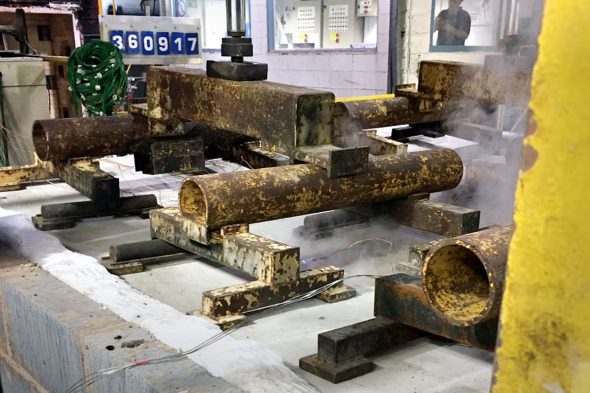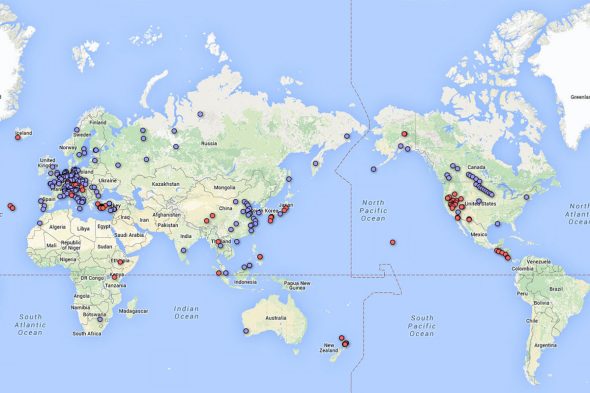Kaikoura Earthquake challenges met by steel construction
Post-Kaikoura earthquake, little was mentioned about systemic failures in steel construction. While this gave confidence that our structures performed well, we had to make sure. Taking an opportunity to learn if there could be any potential issues now, and in the future by commissioning research to pinpoint any weaknesses. The research outcomes described in HERA…











